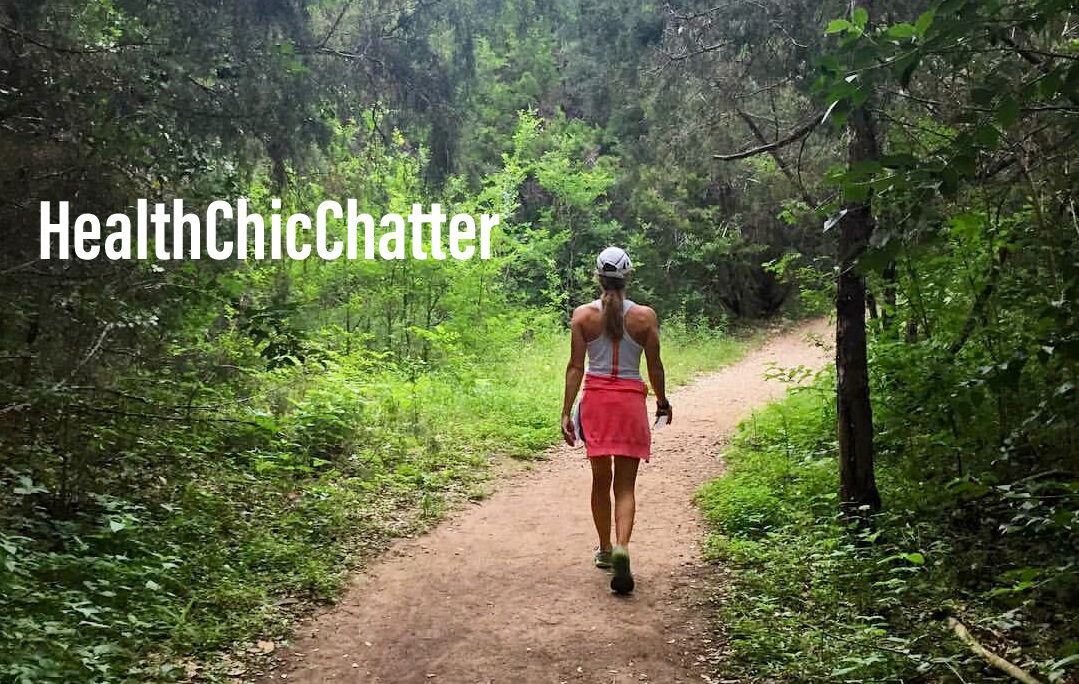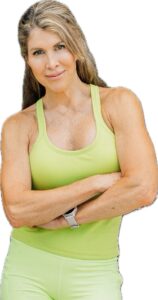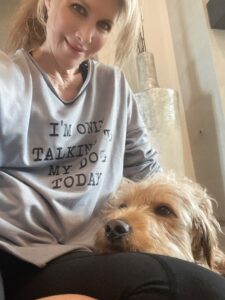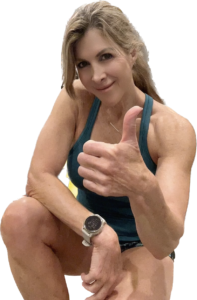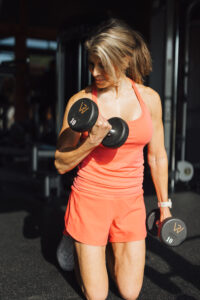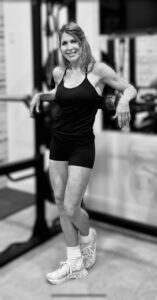Friends, it’s a NEW YEAR with daily opportunities to cultivate and embrace healthy habits, strengthen relationships, and pursue passions that bring joy and fulfillment. Let’s make it count. You can focus on what you can do right now, with what you have available. Small consistent steps can lead to big results, so commit to a few healthy habits THIS week!
- Prioritize self-care
- Sleep: Ensure you get enough quality rest.
- Movement: Incorporate regular physical activity into your routine.
- Mindfulness: Practice mindful breathing and stress reduction techniques.
- Fuel your body wisely
- Choose whole foods: Focus on whole, unprocessed foods, especially fruits, vegetables, and lean proteins. (check out why seed oils are toxic)
- Hydrate: Drink plenty of water throughout the day.
- Limit processed foods: Minimize consumption of processed foods, sugary drinks, and unhealthy fats.
- Consider organic options: Opt for organic produce and other products when possible.
- Support your body’s natural functions
- Manage stress: Implement stress-reducing techniques like meditation, yoga, or spending time in nature.
- Support healthy digestion: Allow adequate time for digestion after meals.
- Balance blood sugar: Choose foods that stabilize blood sugar levels.
- Avoid harmful substances
- Eliminate smoking: Quit smoking completely.
- Limit alcohol: Reduce or eliminate alcohol consumption.
- Minimize toxins:
- Choose non-toxic cleaning products and personal care items.
- Avoid artificial sweeteners and processed foods with excessive additives.
- Be mindful of potential hormone exposure from dairy products.
I know you’re aware of these principles, but a gentle reminder can be helpful as life often pulls us in many directions. Surround yourself with friends and family who will support and/or join you in your efforts.
You got this!
